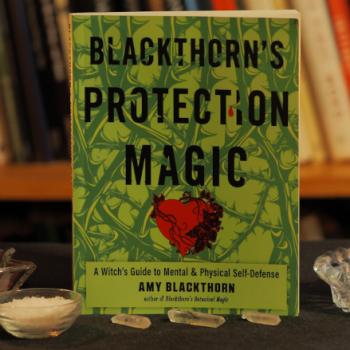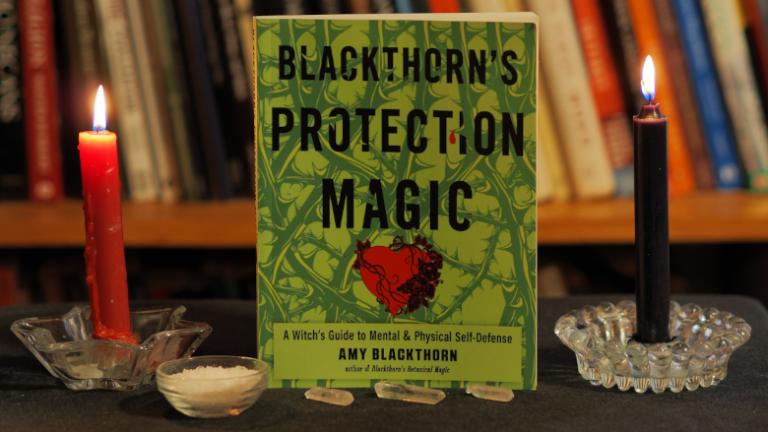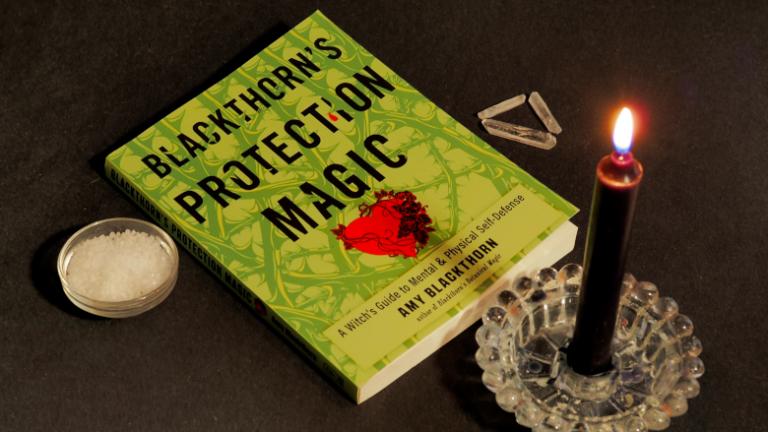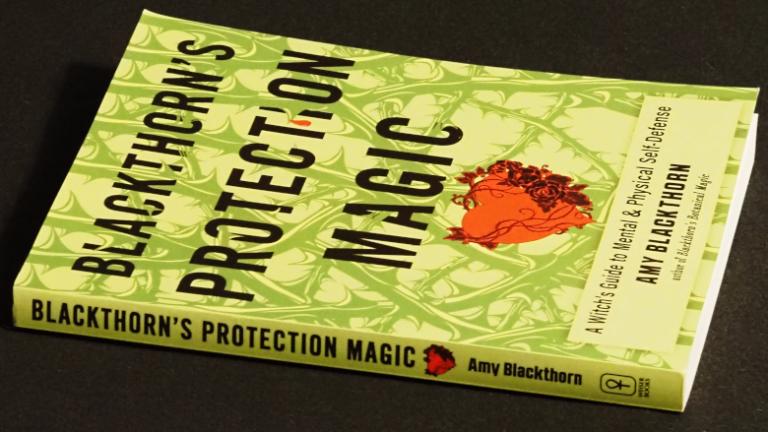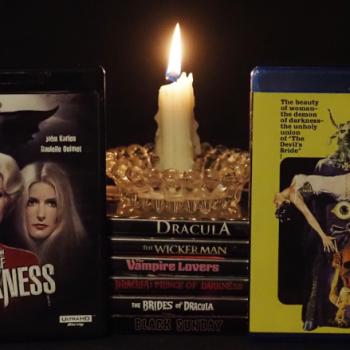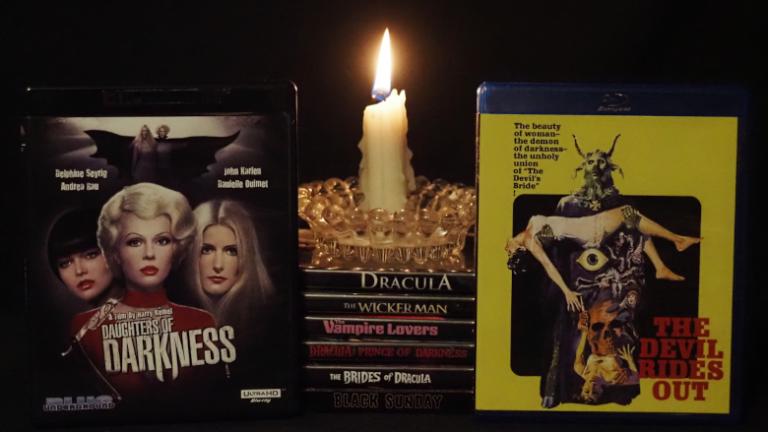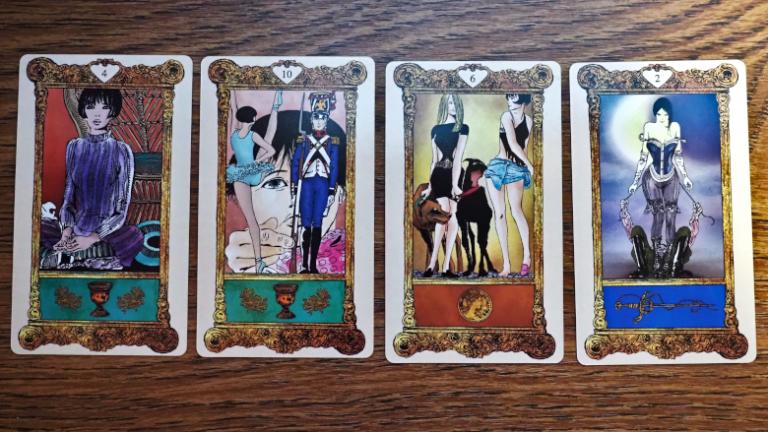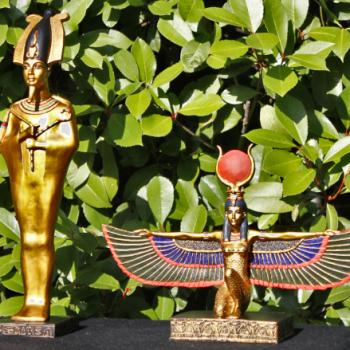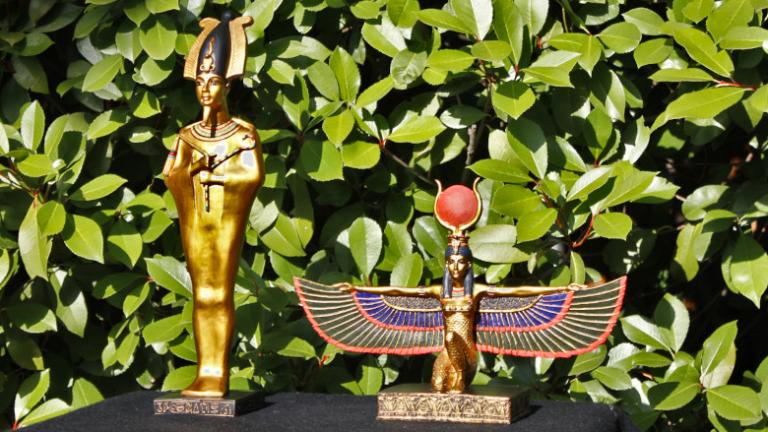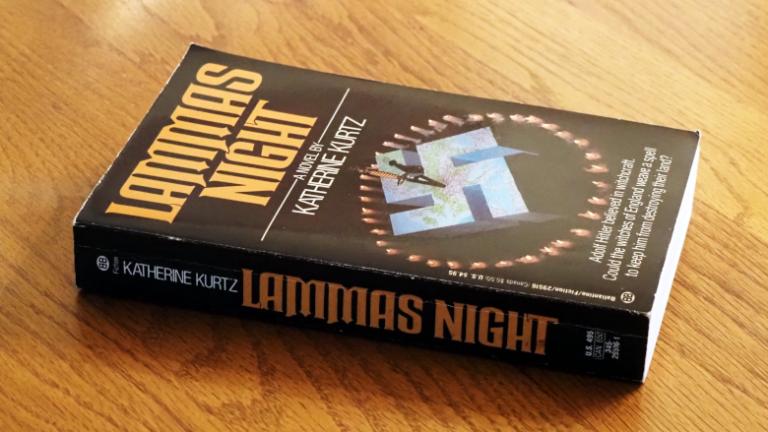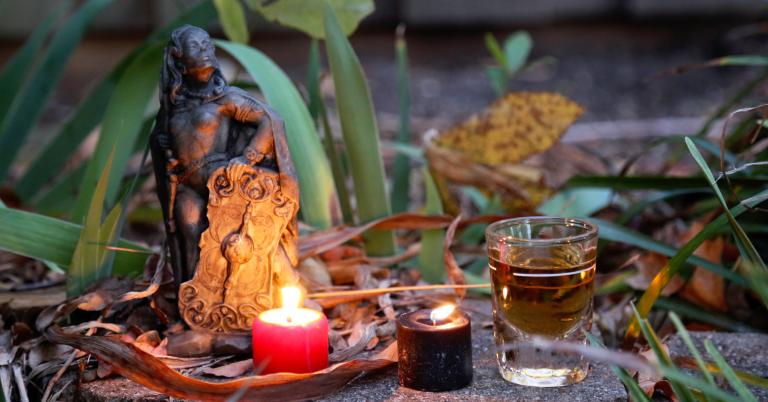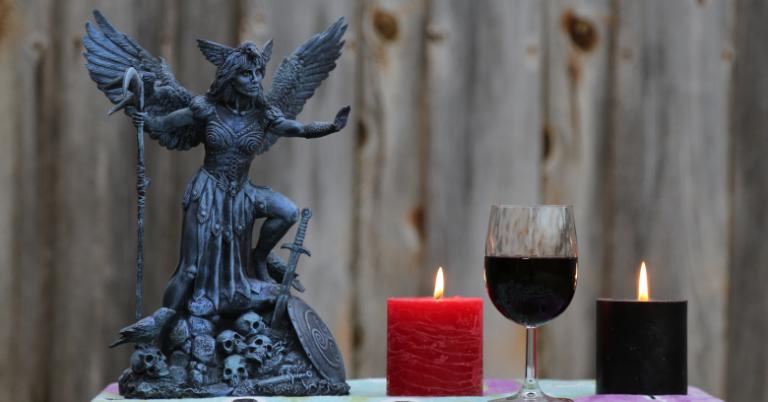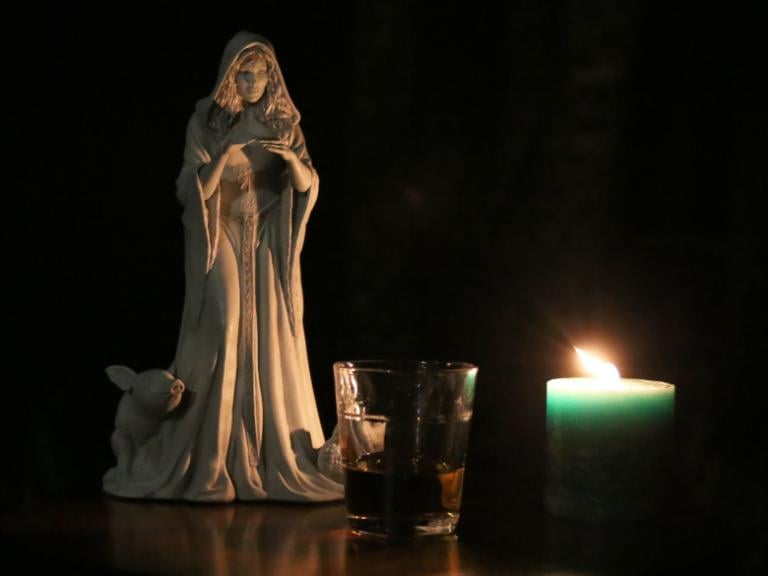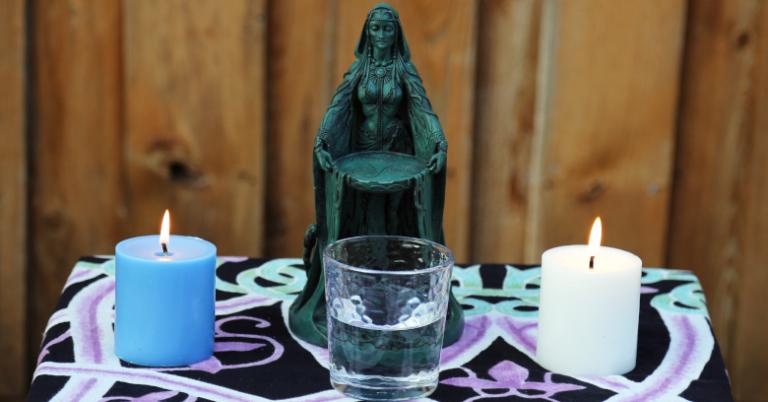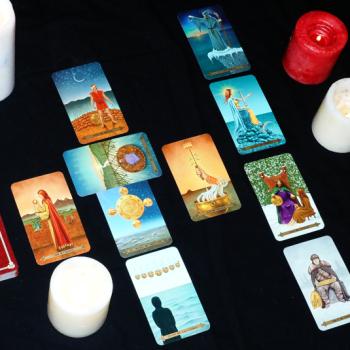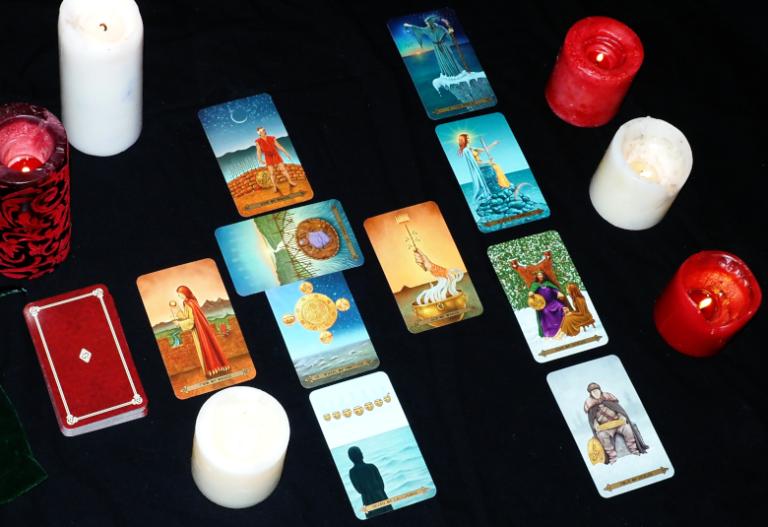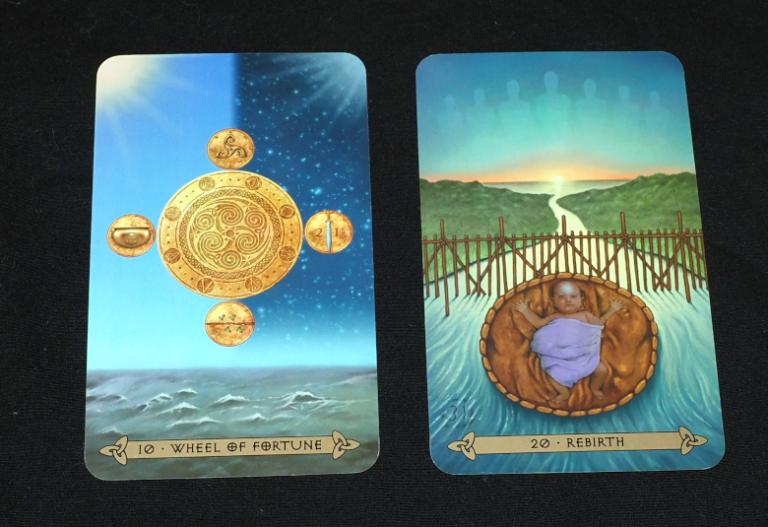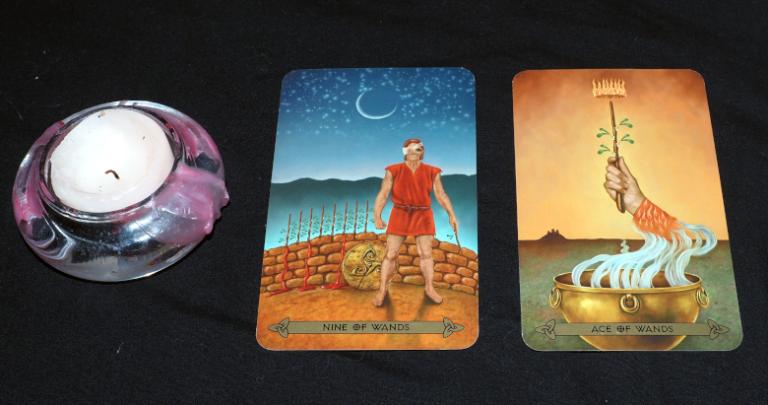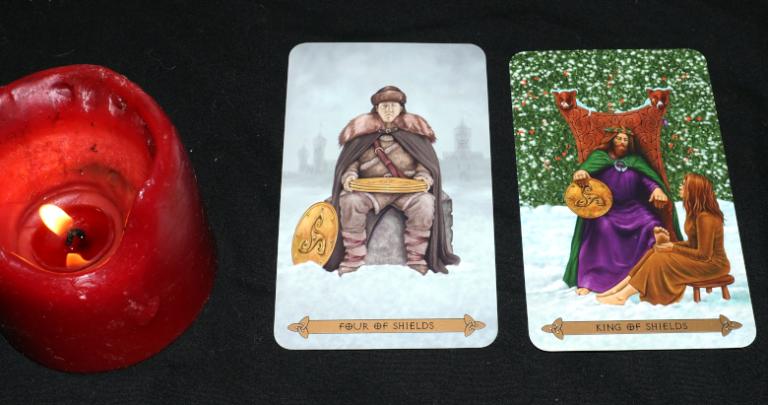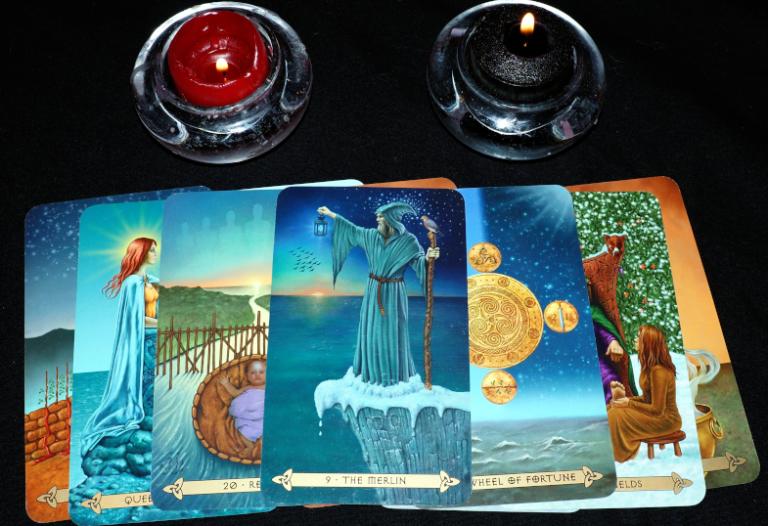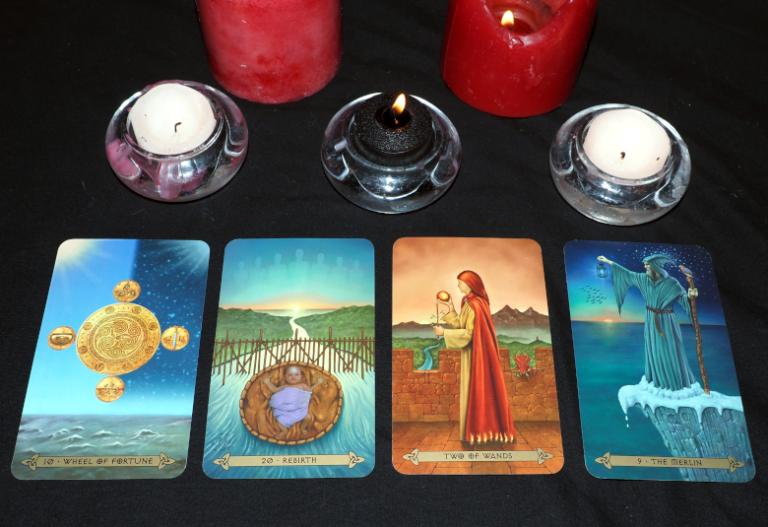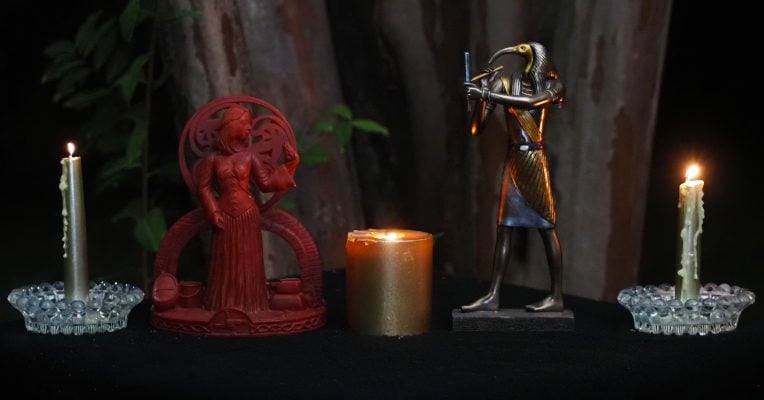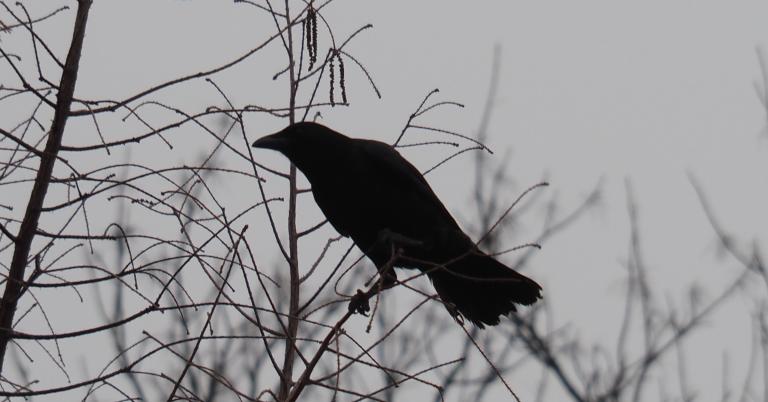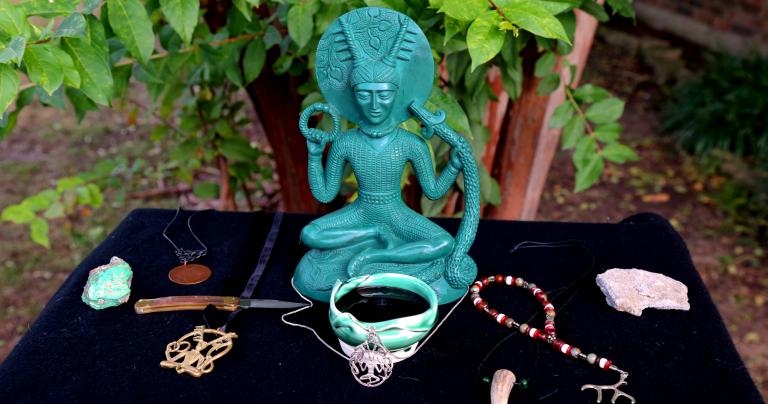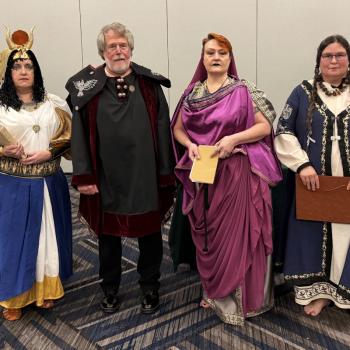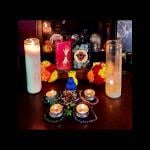I was honored to give the sermon at today’s Sunday service at the Denton Unitarian Universalist Fellowship. I told the story of the Coming of Lugh as the Story For All Ages, then greatly condensed the rest the story of Lugh leading the Tuatha De Danann to victory during this reflection.
Lady Gregory’s version of this story in Gods and Fighting Men runs over 4,000 words, while the University College Cork translation of the Harleian Manuscript runs almost 9,000 words. Both are worth your time to read in full.
Special thanks to Morgan Daimler for their help with the Morrigan’s words “undertake a battle of overthrowing.”
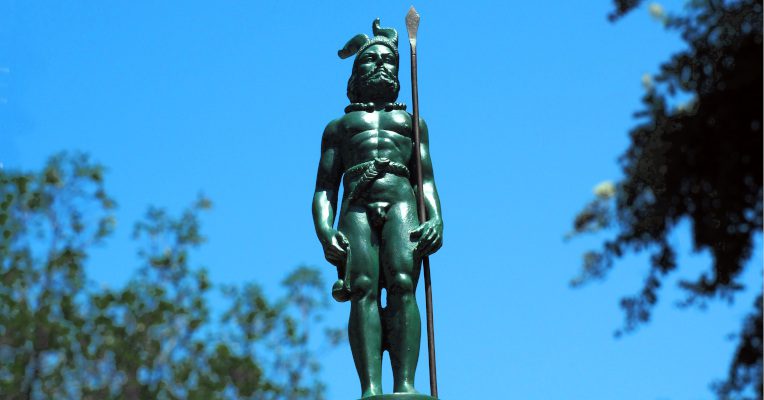
Lughnasadh, on August 1st, is one of the eight holy days on the modern Pagan Wheel of the Year. It’s also one of the four Celtic Fire Festivals celebrated in pre-Roman Britain, Ireland, and Gaul – the others being Imbolc on February 1st, Beltane on May 1st, and Samhain on October 31st. Lughnasadh was named for the Irish God Lugh, but it was celebrated in honor of his foster mother Tailtiu, who cleared the land of Ireland for planting and then died from exertion. Now I grew up in Tennessee and spent a lot of time in the woods, and I was taught about a time when forests covered the entire eastern portion of North America. So I assumed Tailtiu died from cutting down all the trees. And then I went to Ireland and saw how rocky the land is, especially parts of the west coat of Ireland, which in places looks like a lunar landscape. I think Tailtiu died from moving too many rocks.
In ancient times and in modern ones, Lughnasadh is a harvest festival. In particular, it’s the grain harvest. Until just a few years ago there were still large corn fields on either side of US 380 between Denton and McKinney, where I live. And as I would be driving to our Lughnasadh circle at the end of July or the first of August, the corn was turning brown. Some years the harvest had already started, while in other years it was getting ready to start. I was always struck by how this is one of the few times when the agricultural calendar of Northwestern Europe lines up with that of the American Southwest.
But it would be a mistake to see Lughnasadh as only a harvest festival, either in ancient times or in modern. It was, and is, a celebration of Tailtiu and of Lugh.
Lugh is the Irish God of… of what? That’s a hard question to answer when it comes to the Celtic deities. Their stories weren’t written down until several centuries into the Christian era. The bad side of that is that much of their divinity has been erased from their stories. The good side is that they are usually portrayed as whole persons and not simply as the personification of functions and forces.
Lugh has two epithets – two titles or names. The first is Lugh Samildánach, which means “master of all arts.” The second is Lugh Lámfada – Lugh of the Long Arm, in reference to his fighting skills. He was invincible in battle.
When I talk about Lugh at UU churches I almost always tell the story of the Coming of Lugh, which I told today as the Story For All Ages. While none of us is the master of all arts, most of us are more capable than we think, and it’s helpful to be reminded of that from time to time. Besides, it’s a fun story. But it’s not the only story of Lugh that survives to our time.
Lugh is part of the Tuatha De Danann – the Children of the Goddess Danu. Legend says they came to Ireland from “the north.” Now, if you look at a map, and especially if you look at a globe, you’ll see that the only thing north of Ireland is the ocean. This was the storyteller’s way of saying “we really don’t know where they came from, but they weren’t always here, and then they were.”
When they got to Ireland they found it was ruled by the Fomorians. Some sources describe the Fomorians as monsters, while others make no mention of their appearance but emphasize they were hostile and cruel. At first the two groups got along, but then a new king arose who oppressed the Tuatha De Danann, demanding excessive tributes and high rents.
Can you think of another situation where immigrants were oppressed – or are being oppressed?
The history of humanity is the story of migration and immigration. But for all that we are a wandering species, we rarely do well when others wander into our midst. Those who are already established tend to oppress immigrants. Unless the immigrants have a huge technological advantage, and then the immigrants wipe out the natives. We can do better. We must do better. But that’s another service for another Sunday.
Lugh himself was half Fomorian – his mother was the daughter of the king of the Fomorians. But when he became an adult he decided to join his father’s people – thus the story of his coming to Tara. And that brings us to the next part of Lugh’s story, one that is very relevant to us, here and now.
The Whisper of the Men of Dea
After Lugh had come to Tara, and made his mind up to join with his father’s people against the Fomorians, he began to think and plan. He went to a quiet place in Grellach Dollaid with Nuada and the Dagda, and with Ogma. They called Goibniu and Diancecht to join them.
Lugh and the others stayed there a full year, making their plans together in secret. That way the Fomorians would not know they were going to rise against them till such time as all would be ready, and till they would know what their strength was. And it is from that council the place got the name afterwards of “The Whisper of the Men of Dea.”
They broke up the council and agreed to meet again in three years. Every one of them went his own way, and Lugh went back to his own friends, the sons of Manannan.
A good while after that, King Nuada was holding a great assembly of the people on the Hill of Uisnech, to the west of Tara. They weren’t there long before they saw an armed troop coming towards them from the east, over the plain; and there was a young man in front of the troop, in command over the rest, and the brightness of his face was like the setting sun, so that they were not able to look at him because of its brightness.
When he came nearer they knew it was Lugh Lámhfhada – Lugh of the Long Arm. Along with him were the Riders of the Sídhe from the Land of Promise, and his own foster-brothers, the sons of Manannan.
The troop came to where the King of Ireland was with the Tuatha De Danann, and they welcomed one another.
They were not there long until they saw a surly, slovenly troop coming towards them. They were many of the messengers of the Fomorians, coming to take rent and tribute, and there was such great dread of them on the Tuatha De Danann, that not one of them would do anything of consequence without permission from them.
They came up to where the King of Ireland was with the Riders of the Sídhe, and the king and all the Tuatha De Danann stood up before them. And Lugh of the Long Arm said: “Why do you stand for that surly, slovenly troop, when you did not stand to greet us?”
And the king said “It is needful for us to do it, for if even a child of us did not stand in their presence, they would not hesitate to kill him.”
“By my word,” said Lugh, “there is a great desire coming on me to kill them all.”
“That is a thing would bring harm on us,” said the king, “for we would meet our own death and destruction through it.”
And Lugh replied “it is too long a time you have been under this oppression.”
We are 21st Century Unitarian Universalists
At this point, it is necessary to state, clearly and unequivocally, that we are 21st century Unitarian Universalists, not Iron Age Celts. We do not go into battle with swords and spears, and we certainly don’t go into battle with AR-15s. We use “battle” as a metaphor, not as literal reality.
Some of us aren’t comfortable with battle even as a metaphor. I respect that. But I will remind us all of the words of Dr. Martin Luther King, Jr.: “freedom is never given voluntarily by the oppressor; it must be demanded by the oppressed.”
I am proud to be part of a congregation with a history of demanding freedom, for ourselves and for others. Not so long ago we looked at 19th century Unitarian minster Theodore Parker’s words that “the arc of the moral universe is long, but it bends toward justice” and we saw a true prophecy. Now we see that arc bending backwards.
The arc of the moral universe doesn’t bend on its own. To quote Dr. King again, it bends “through the tireless efforts and persistent work of those willing to be coworkers with God, and without this hard work time itself becomes an ally of the forces of social stagnation.” Or in our time, with the forces of social regression.
I’m a Druid, not a General. I stand here this morning with no battle plans. But I see oppression increasing, and I remember “The Whisper of the Men of Dea.”
The Battle of Magh Tuireadh
It was not long until the Fomorians came to attack the Tuatha De Danann. Their whole host came this time, led by their king, Balor of the Evil Eye.
Lugh sent the Dagda to spy out the Fomorians, and to delay them till such time as the men of Ireland would come to the battle. So the Dagda went to their camp, and he asked them for a delay. They said he might have that, but they proceeded to make sport of him. The Dagda endured their taunts, then when the time was right he left for home.
And on his way he saw the Morrigan washing herself in the river Unius of Connacht, and one of her feet was on the south of the river and the other on the north of the river. And the Morrigan and the Dagda made a union, and from that day on that place was known as “The Bed of the Couple.”
The Morrigan said “The Fomorians will land at Mag Ceidne. Summon the warriors of Ireland to meet me at the Ford of the Unshin. I will go to the king of the Fomorians, and I will take from him the blood of his heart and the kidneys of his valor.”
Meanwhile, Lugh had called together the Druids, and smiths, and physicians, and law-makers, and chariot-drivers of Ireland, to make plans for the battle. He asked each in turn what they could do to help in the battle. Each responded with their skill, be it magical or mundane, and promised to wield it for the good of the Tuatha De Danann.
Then Lugh spoke to the whole army and put strength in them, so that each had the spirit in him of a king or a great lord.
When the delay was at an end, the Fomorians and the Tuatha De Danann came towards one another till they met at the plain of Magh Tuireadh. And the two armies threatened one another.
Now the Men of Dea had determined not to let Lugh go into the battle, because his death would be a great loss to them. They left nine of their men keeping watch on him. And on the first day none of the kings or princes went into the battle, but only the common fighting men, and they were fierce and proud.
And the battle went on like that from day to day with no great advantage to one or the other side.
And at last the day of the great battle came, and the Fomorians came out of their camp and stood in strong ranks. And not a leader or a fighting man of them was without good armour to his skin, a helmet on his head, a broad spear in his right hand, a heavy sword in his belt, and a strong shield on his shoulder.
The Men of Dea rose up and left Lugh and his nine comrades keeping him, and they went on to the battle. And a hard battle was fought, and for a while it was going against the Tuatha de Danann. Their king Nuada of the Silver Hand, and Macha daughter of Emmass, both fell by Balor, King of the Fomorians. Cassmail fell by Octriallach, and the Dagda got a dreadful wound from a casting spear that was thrown by Ceithlenn, wife of Balor.
But when the battle was going on, Lugh broke away from those that were keeping him, and rushed out to the front of the Men of Dea. And then there was a fierce battle fought, and Lugh heartened the Tuatha De Danann to fight well, so they would not be in bonds any longer. For it was better for them, he said, to die protecting their own country than to live under bonds and under tribute any longer. And he sang a song of courage to them, and the hosts gave a great shout as they went into battle, and then they met together, and each of them began to attack the enemy.
People choose to fight rather than to submit
The text goes on to describe the battle in bloody detail. Just how bloody depends on the squeamishness of the translator – and the Victorians who first translated the Old Irish into modern English were quite squeamish.
War is a terrible thing. People die, and not cleanly. Those who live are changed forever. My brother came home from Vietnam without a scratch, but he died at 64, largely from untreated psychological wounds.
And yet, as we see in Ukraine, time and time again people choose to fight rather than to submit.
We need not – and I argue, we should not – resort to physical violence. But the courage and the determination required to win a military battle are identical to the courage and determination required to win the social and political and economic battles we face here and now.
The battle in this story – the Second Battle of Magh Tuireadh – ended in a rather unique way. That part of the story is also relevant to us here and now.
The end of the battle
Then Lugh and Balor, the King of the Fomorians, met in the battle, and Lugh called out reproaches to him; and there was anger in Balor, and he said to the men that were with him: “Lift up my eyelid till l see this chatterer that is talking to me.” For any who fell under the eye of Balor would immediately die.
Then they raised Balor’s eyelid, but Lugh made a cast of his red spear at him, that brought the eye out through the back of his head, so that it was towards his own army it fell, and three times nine of the Fomorians died when they looked at it.
And if Lugh had not put out that eye when he did, the whole of Ireland would have been burned in one flash. After this, Lugh struck Balor’s head off.
After that it was not a battle any more but a rout, and the Fomorians were beaten back to the sea.
Not what are we fighting against, what are we fighting for?
Sometimes you really can kill a monster by cutting off its head. I’m confident that if Vladimir Putin could be removed, the war in Ukraine would end.
But other times, what we see is not an evil head directing a movement of minions, but a figurehead that for all the damage it does, is only a representative of something deeper and more widespread. Cut off the head and another will take its place, because the conditions that caused the monster to arise are still there. Conditions like fear, hatred, bigotry, and greed.
Here is where I need to pause this ancient Irish story and return to our contemporary Unitarian Universalism. If we do not resist, oppression will continue to grow and the arc of the moral universe will continue bending backwards, away from justice. But our resistance must be grounded in compassion, in courage, in hope, and in love. Our anger is just, but we must not allow our anger to turn into hatred. Otherwise we will become like those who fight crime by putting more and more people in prison without ever doing anything about the conditions that lead to crime in the first place.
Our UU faith teaches compassion and acceptance of everyone. It doesn’t fear diversity, it celebrates diversity. It doesn’t ask us all to follow the same path, but rather to love and support each other as we follow the path that calls to us individually.
In politics and in religion, I like to say “don’t tell me what you’re against – tell me what you’re for.” It is necessary that we fight against what is oppressing us and what is oppressing others. But it is even more important that we fight, and advocate, and live for the good things that make our UU faith so meaningful and helpful to us, and to our world.
Peace comes after victory
After the battle was won, the Morrigan gave out the news of the great victory to the hosts and to the royal heights of Ireland, and she said: “Peace up to the skies, the skies down to earth, the earth under the skies; strength to everyone.”
Then Lugh was made king over the Tuatha De Danann, and it was at Nas he had his court.
Each responded with their skill, be it magical or mundane
For modern Pagans, the stories of our ancestors are not scripture, but they are treasures nonetheless. They are myths, but those who think myths are simply made-up stories don’t understand what a myth is. A myth is a story that tells us who we are, where we come from, and what’s important in life. A myth is a story about things that never were but always are.
Before the Battle of Magh Tuireadh, Lugh asked each in turn what they could do to help. Each responded with their skill, be it magical or mundane, and promised to wield it for the good of all.
Hail Lugh Samildánach – Lugh, Master of All Arts.
Hail Lugh Lámfada – Lugh of the Long Arm.
May your Lughnasadh be fruitful and blessed.
Benediction
When the Tuatha De Danann were oppressed, the Goddess Morrigan said “undertake a battle of overthrowing.” And so the warriors, physicians, smiths, and Druids of the Tuatha De Danann met in secret conference. Each told what power they possessed, and what they would bring to the battle.
What are your skills? What are your arts? What do you bring to the battle for freedom, and justice, and the right to bodily autonomy for all?
This battle will not be won with physical weapons, either those of the Iron Age or those of today. But victory demands strength, courage, and determination just the same.
May your Lughnasadh be happy and bright, and may it be a time of planning for the days that lie ahead.


